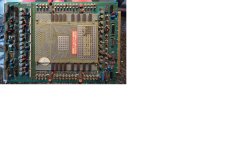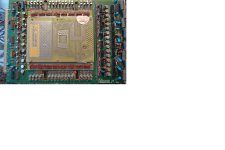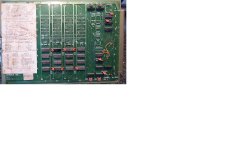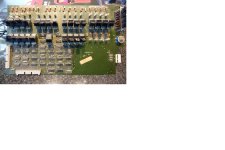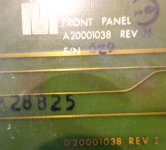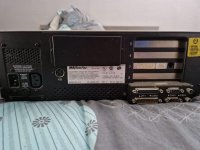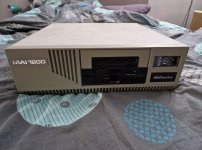Looks like a system 2000
some infos here:
http://basicfour.de/
It runs BOSS/IX that MAI Basic Four has licensed from Charles River Data Systems where it was named µNOS.
The WDC is based on an Adaptec SCSI to MFM adapter, early versions of the 2000 had the original Adaptec installed, later they integrated that design into their own board. The firmware contains adaptec as well.
I have dumped the eproms of my machine as well:
http://basicfour.de/download/mai2000/
Is it possible that MAI used some sort of a proprietary code scrambling technique to obfuscate their code,
at least not in the eproms. I have started to write an emulator for the System 2000, it is far from complete but it runs the code that is in the eprom on the main board and can boot the diagnostics from emulated tape.
One is a SCSI controller (runs the cartridge tape drive)
In fact that is a QIC (02 ?) controller
'd love to get the contents of the hard drive saved on some sort of SD device
The easiest way would be to backup to tape and than read that back on a linux system. You can make 2 different backups
1) via the diag tape using dutil, that is a sector copy of the hdd to tape. For that you have to boot from tape.
2) via tsave running on boss/ix, i have created a small program that can at least extract the files without timestamps from these backups
Do you have the BOSS/IX tape ? (Btw, do not try to read that tape, the belt has become loose and you will ruin the tapes without changing the belt)
Btw, i have uploaded a lot of documentation for the 2000 to bitsavers:
http://bitsavers.informatik.uni-stuttgart.de/pdf/mai/
If you need help, you can contact me directly, email on pages linked above.

